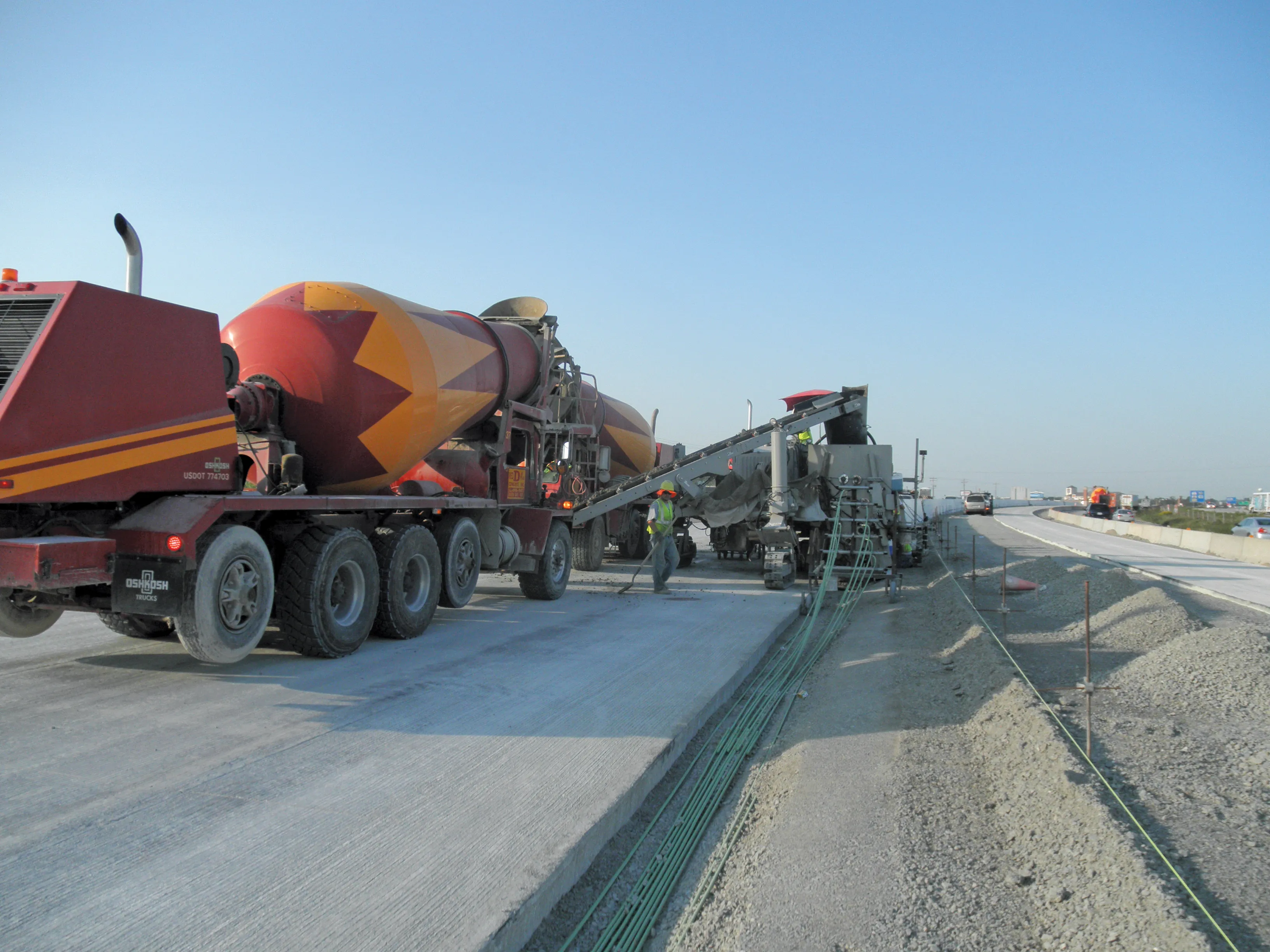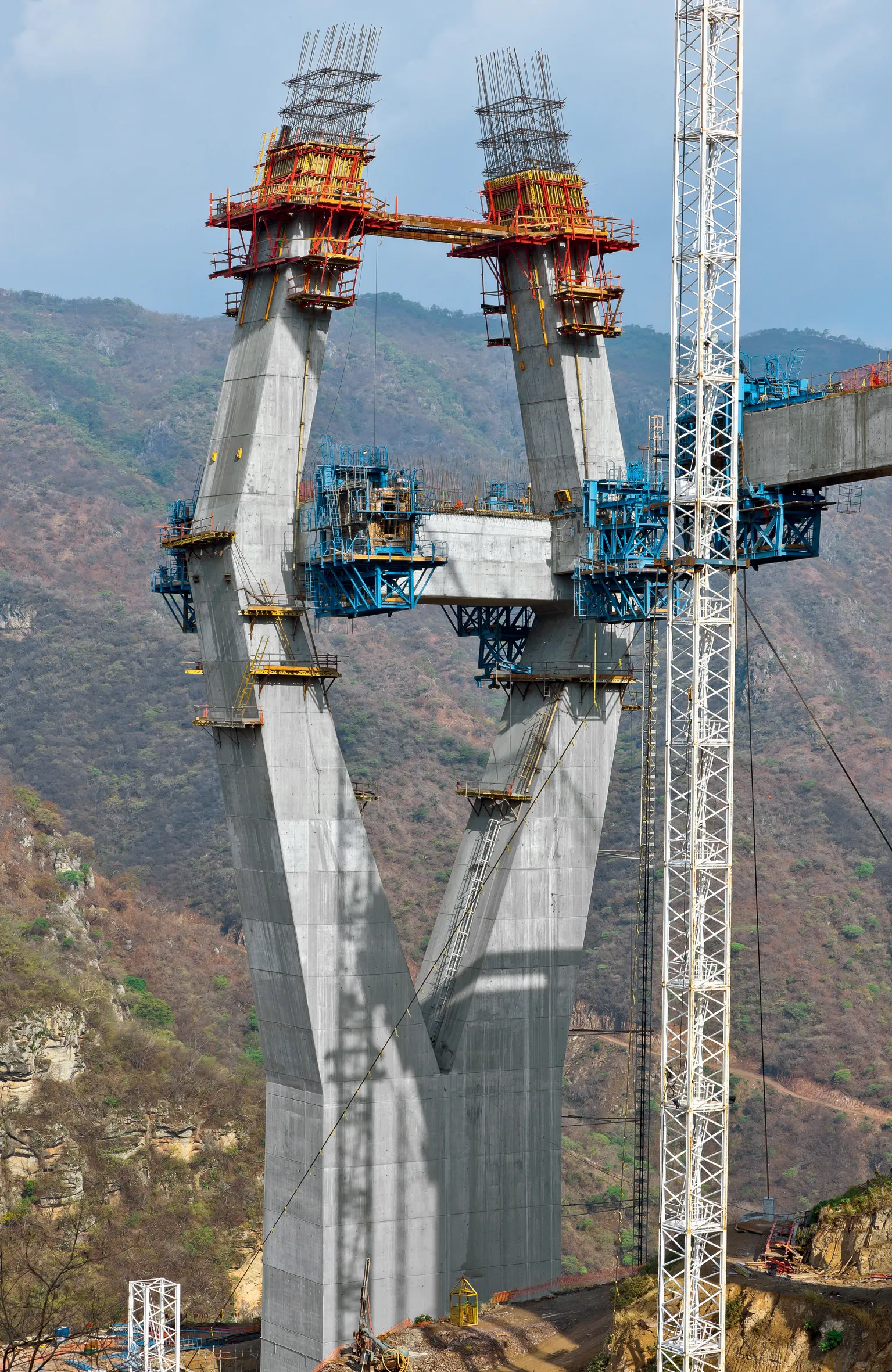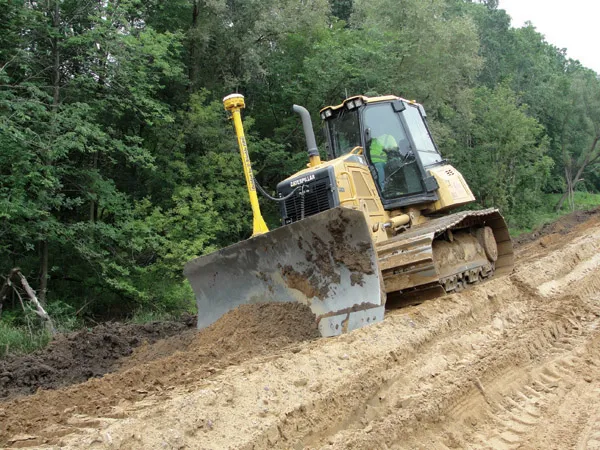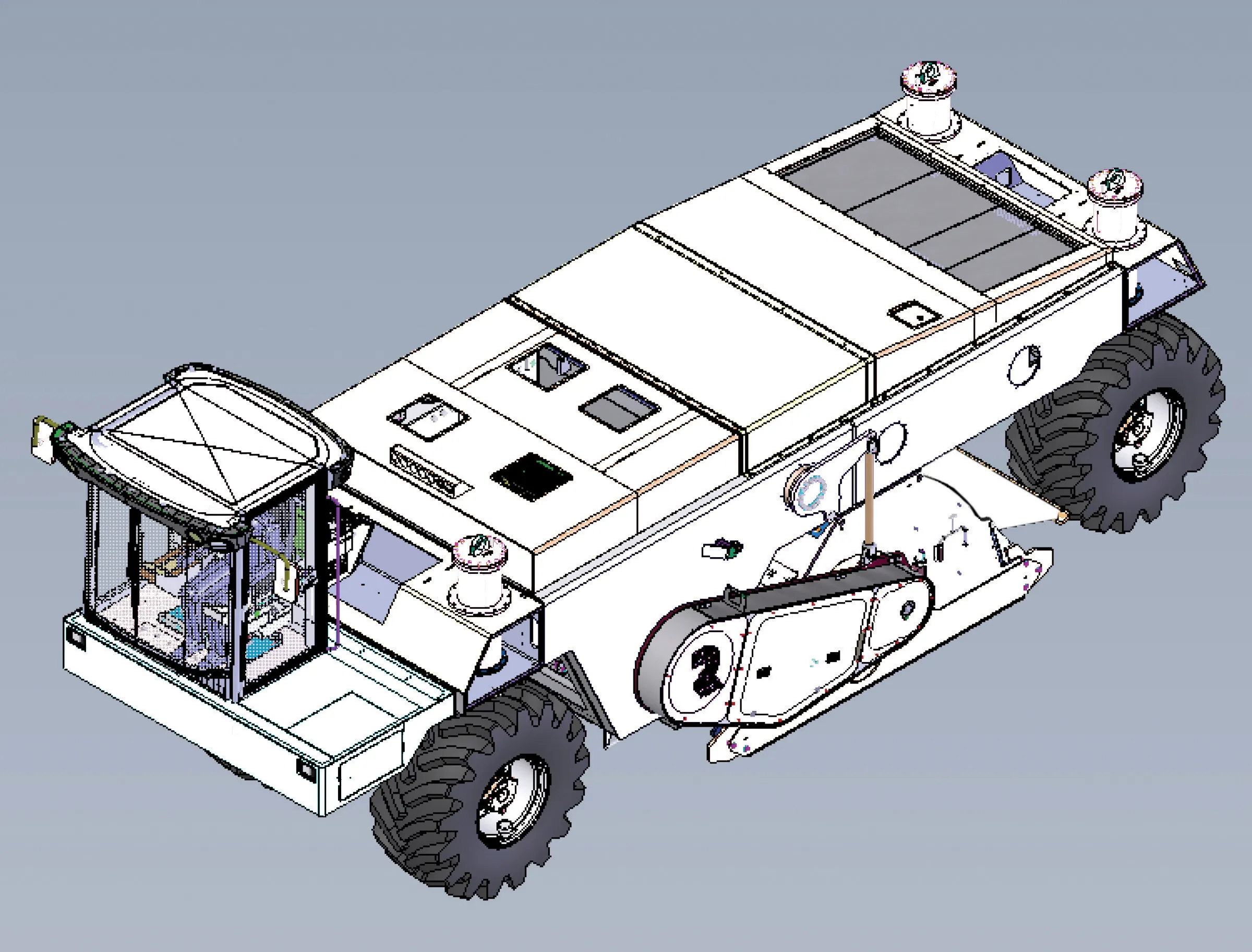A contractor in the US has used a slipformer from Power Curbers to carry out a barrier installation project.
The firm, Wisconsin-based Choice Construction, used slipforming machines from Power Curbers for the project. The worksite was located along Wisconsin State Highway 41, between Oshkosh and Green Bay along the west side of Lake Winnebago. The project entailed widening the highway from two to three lanes and adding barrier wall between the north and southbound lanes. Because the job has a number of di
January 4, 2013
Read time: 2 mins

A contractor in the US has used a slipformer from Power Curbers to carry out a barrier installation project.
The firm, Wisconsin-based Choice Construction, used slipforming machines fromThe worksite was located along Wisconsin State Highway 41, between Oshkosh and Green Bay along the west side of Lake Winnebago.
The project entailed widening the highway from two to three lanes and adding barrier wall between the north and southbound lanes.
Because the job has a number of different sections, this meant that
The design of the barrier was for a conventional configuration featuring 11 pieces of rebar reinforcement and measuring 1.4m high by 900mm wide at the base for most of its length.
However, as the route does include different grades, the barrier can be up to 600mm higher in places.
For the first package of works along the southern end of the site which was carried out in 2011, Choice Construction used its existing 5700-C slipformer from Power Curbers. However, for the more complex section near Green Bay, Choice Construction opted to buy a new 5700-C-MAX from Power Curbers.
This package of slipforming work was more complex as the road features differing grades, resulting in the need for varying heights for the barrier.
The 5700-C-MAX was well-suited to the work as its extra capability made it easier to make the mold height changes needed.
The new machine performed well in the application and Choice Construction’s operator Chris Kapla, who has plenty of experience with earlier Power Curbers’ models, said, “The 5700-C-MAX is smooth and has great speed control.
I like the machine’s simplicity of design which gives it high productivity. And, I like the belt conveyor for the large barrier pour. It allows us to unload two trucks at the same time.”








